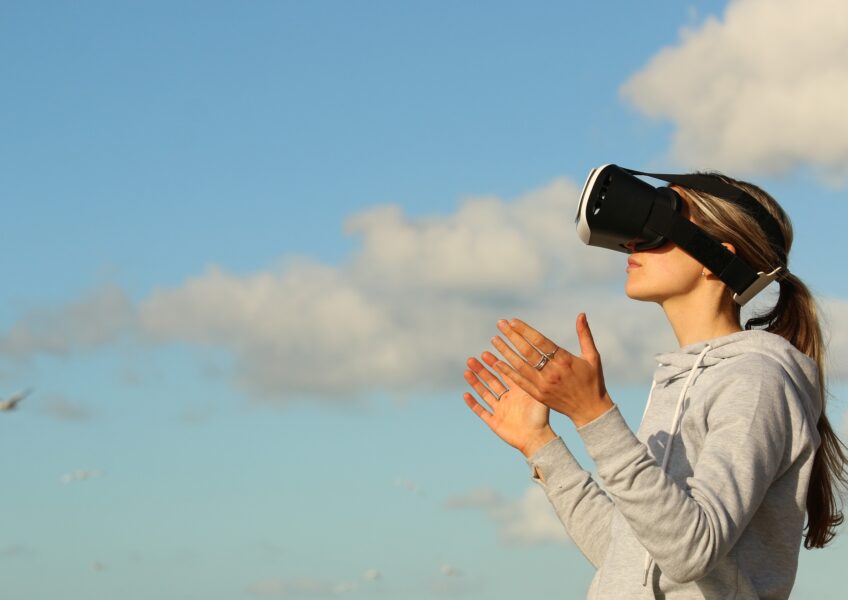Blended Reality in Forensic Investigations: Combining the Digital and Physical
Introduction
The concept of blended reality—a mix of virtual and physical elements—is increasingly becoming a valuable tool in forensic engineering. This post explores how blending digital and physical worlds enhances forensic investigations and aids in uncovering the truth more efficiently.
The Digital-Physical Bridge
In forensic investigations, traditional physical evidence is often limited. Digital simulations can fill in these gaps by recreating scenarios that help engineers and investigators understand what happened. By using digital twins, real-world conditions can be mimicked to understand failure modes and other critical aspects.
Augmented Reality (AR) for On-Site Investigations
AR provides an interactive experience by overlaying digital information onto the physical world. Engineers can use AR headsets to examine structural issues, material anomalies, and other factors while standing at the site, greatly speeding up the investigative process.
Virtual Reality (VR) for Off-Site Analysis
VR offers a completely immersive experience that allows investigators to explore a virtual reconstruction of an accident scene. This tool is especially useful for distant team members or experts who can’t visit the site in person but need a deep understanding of the incident.
Real-World Cases
For example, blended reality has been used to investigate complex machinery failures, where AR can provide real-time data from the machine’s sensors. Similarly, VR was crucial in simulating the collapse of a building, helping to identify the point of failure through digital analysis.
Conclusion
Blended reality is revolutionizing the field of forensic engineering. By merging the digital and physical worlds, we can gain more comprehensive insights into incidents, improving the quality and speed of forensic investigations.




